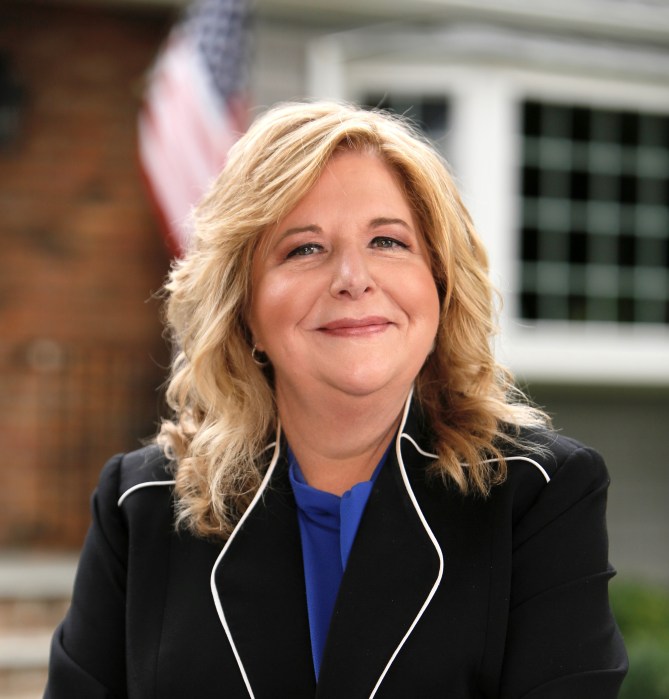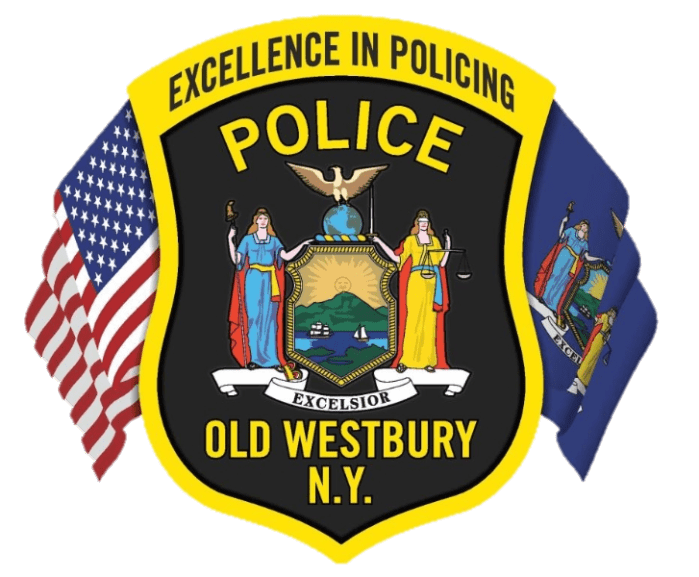
Bernice Sims of Mineola will always remember New Yorkers Michael “Mickey” Schwerner and Andrew Goodman, as well as her next-door neighbor James Chaney, as friends and allies during trying times 51 years ago. Schwerner, 24, along with Goodman, 20, and Chaney, 21, worked closely with Sims, 17 at the time, in the south to bring integration and racial acceptance to oppressed African Americans during the Freedom Summer, a tug and pull of racial issues in Mississippi in 1964.
They helped blacks register to vote and establish Freedom Schools as part of the Congress of Racial Equality, a local youth movement. The schools were part of the Civil Rights Movement to achieve social, political and economic equality.
However, for one night in June of 1964, Schwerner’s rebuff of Sims’ ride along to fix a razed church in Philadelphia, MS., proved lifesaving. But for her fellow freedom fighters, June 21, 1964, ended in a heated car chase with the Klu Klux Klan and their lives lost.
“I think my confusion and the stages that I went through and the issues that I was dealing with and to come forward, it was needed,” Sims said.

Sims examines the June night and her life during the Freedom Summer in a self-published memoir, Detour Before Midnight. It wasn’t until the 1990s that she began to write down some of her memories from that summer in ’64.
“I didn’t want to talk about it for a long time because everything that was associated with them for me was always very sad and painful,” said Sims, who recently attended the Eric Garner protests in Amityville that shut down Sunrise Highway. “But then I thought maybe this story needs to be told?”
Schwerner and Goodman were both white and shot at point-blank range while Chaney, an African American, was brutally beaten before being shot. It was revealed after their deaths that they were illegally arrested by local police while surveying the church grounds and released.

“I felt a lot of guilt because myself, my brother, one of us could’ve been there,” Sims said. “Mickey talked me out of it. He told me to go down to the office and man the phones.”
The three stopped at Sims’ Meridian, MS., home before heading out to the destroyed church in Neshoba County, which was burned down by the KKK one week prior. Her mother, Ida Bernice, tried to discourage the men from going because of possible backlash that could ensue after the U.S. Senate passed the Civil Rights Act on June 19, 1964.
“My mom was making lunch and she tried to stop them,” Sims said. “She wanted them to wait a little while. The detour was my home.”
The bodies of Schwerner, Goodman and Chaney were missing for 44 days, before being discovered on a farm in a nearby Mississippi town. While Sims didn’t officially find out of the deaths until Aug. 4, 1964 during a Pete Seeger concert at the Mount Olive Missionary Baptist Church, she knew when they didn’t come home on June 22 that something had happened.

“We tried to go on and do the things in the movement that we were committed to do,” Sims said. “Being young, you go through the stage of denial, but you know. You could see it on our faces.”
Sims’ guilt spilled over to the grief-stricken families. She felt the last moments she spent with Schwerner, Goodman and Chaney should have been reserved for their loved ones.
“When you realize you had some of the last, fleeting hours with someone, you think that should be reserved to blood family and you don’t think you have that right,” said Sims.
Sims’ home was inundated with news media for two days before the Federal Bureau of Investigation got involved in the search for the killers. Authorities didn’t convict a killer until 2005 when investigators found that KKK member Edgar Ray Killen was the organizer of the shootings. Sims, who was living in Memphis, TN., returned to Neshoba County for the first time that year.

“It was the first time I saw Mickey’s wife Rita in 41 years,” she said. “I also saw James Chaney’s brother Ben. It was really difficult to be back, but it was good because I saw people I hadn’t seen in 50 years.”
Before the Killen ruling, Sims graduated from the University of Oklahoma and settled in Hempstead in 1972. She worked in the Lawrence and Wyandanch school districts before being appointed as a trustee in the Village of Hempstead in 1989.
Sims also served on the child and elderly abuse advisory boards for then-New York Governor and recently deceased Mario Cuomo. She retired in 2010 and is now a professional artist. But her work during the Freedom Summer, while at times tragic, was a story that Sims felt needed telling.
“As a testimonial to them, I needed to tell this story,” Sims said. “I wish I would have been able to do it long before now, but I couldn’t.”































